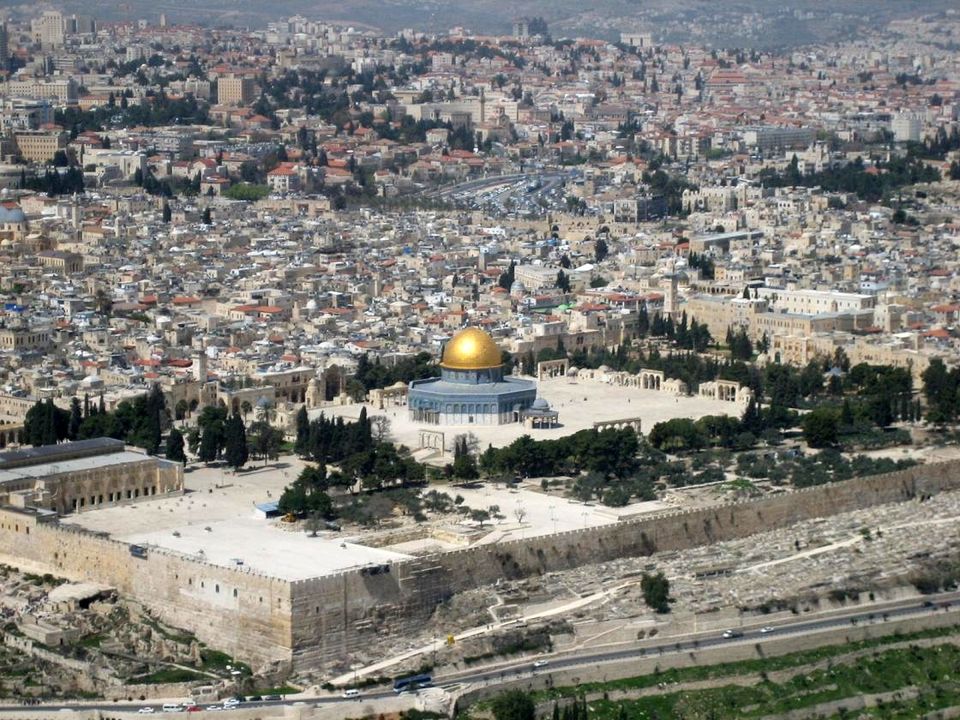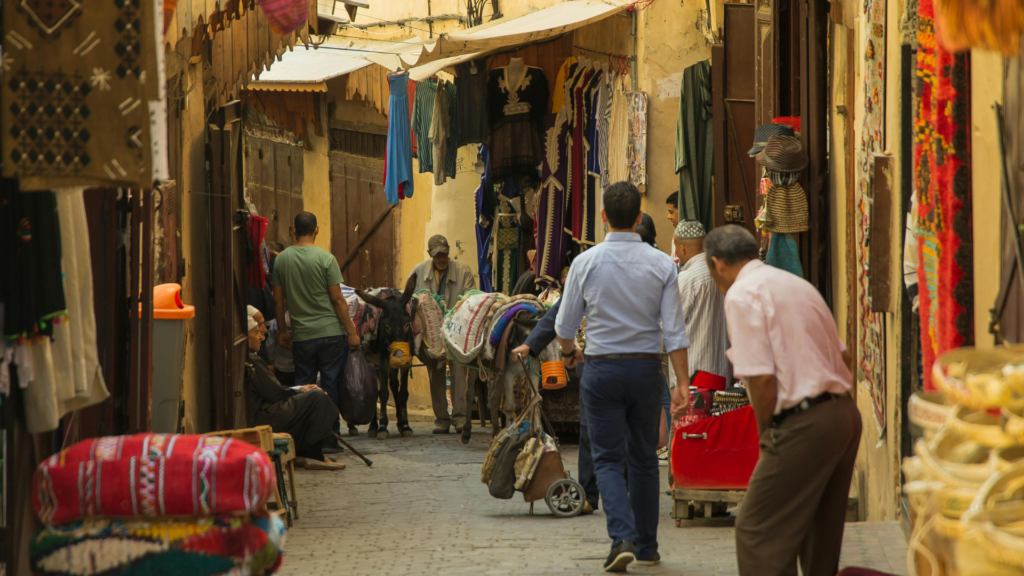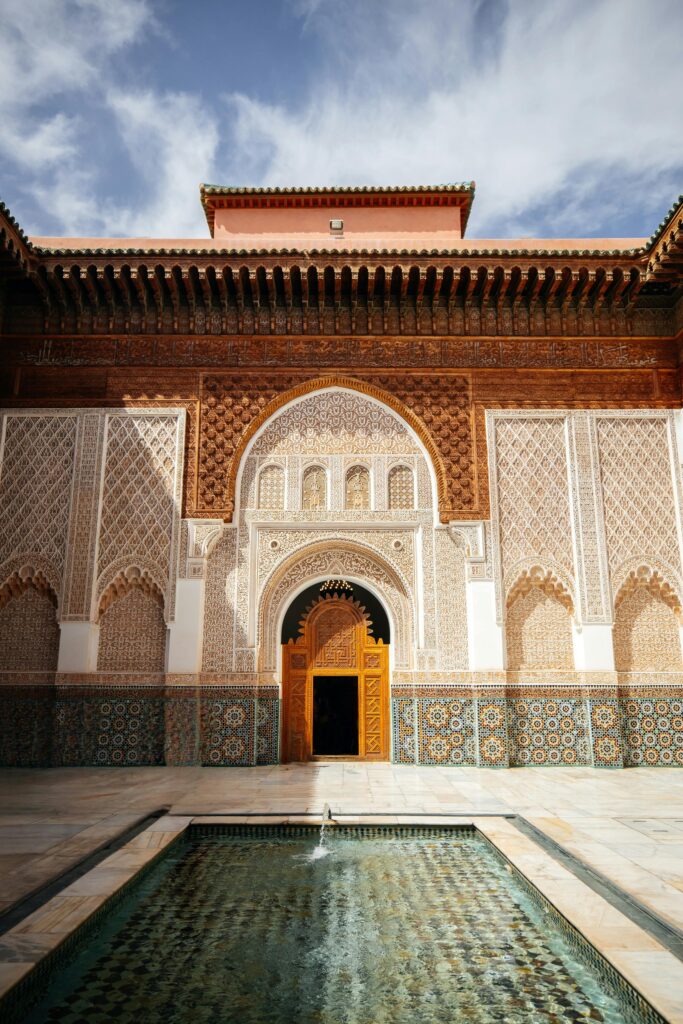 Origins and Military Role
Origins and Military Role
The Knights Templar, founded in the early 12th century, were a prominent military order that played a crucial role in medieval warfare. Initially established to protect Christian pilgrims traveling to the Holy Land, the Templars quickly evolved into a formidable military force. They participated in key battles during the Crusades, including the defense of Jerusalem and major campaigns against Muslim forces. The Templars’ distinctive white mantles with red crosses symbolized their commitment to faith and duty.
Economic Influence
Beyond their military role, the Knights Templar developed significant economic influence through their extensive network of properties and financial activities. The Templars established a system of banking and credit that allowed them to manage vast amounts of wealth and assets. They provided financial services such as loans, safe deposits, and money transfers, which contributed to their economic power and the growth of medieval trade and commerce.
Political and Social Impact
The Templars’ influence extended to political and social spheres, where they forged alliances with European monarchs and played a role in diplomatic and military affairs. Their wealth and connections made them key players in the political landscape of medieval Europe. The Templars also contributed to the cultural and architectural heritage of the period, building fortresses, churches, and commanderies that reflected their military and religious significance.
Conclusion
The Knights Templar were more than just a military order; they were influential in medieval warfare, economy, and politics. Their contributions to military campaigns, financial systems, and social structures highlight their multifaceted role in the development of medieval Europe.
 Regional Trade Hubs
Regional Trade Hubs Structure and Organization
Structure and Organization